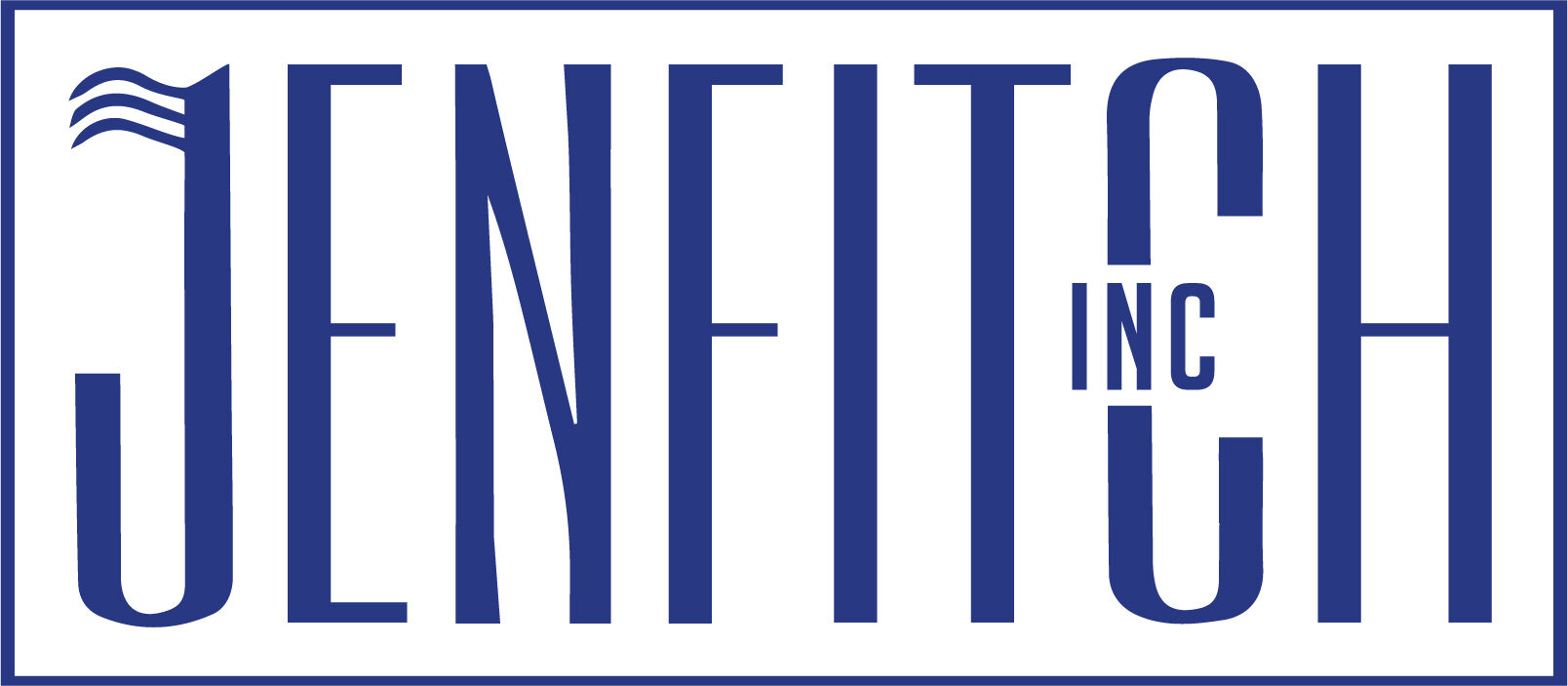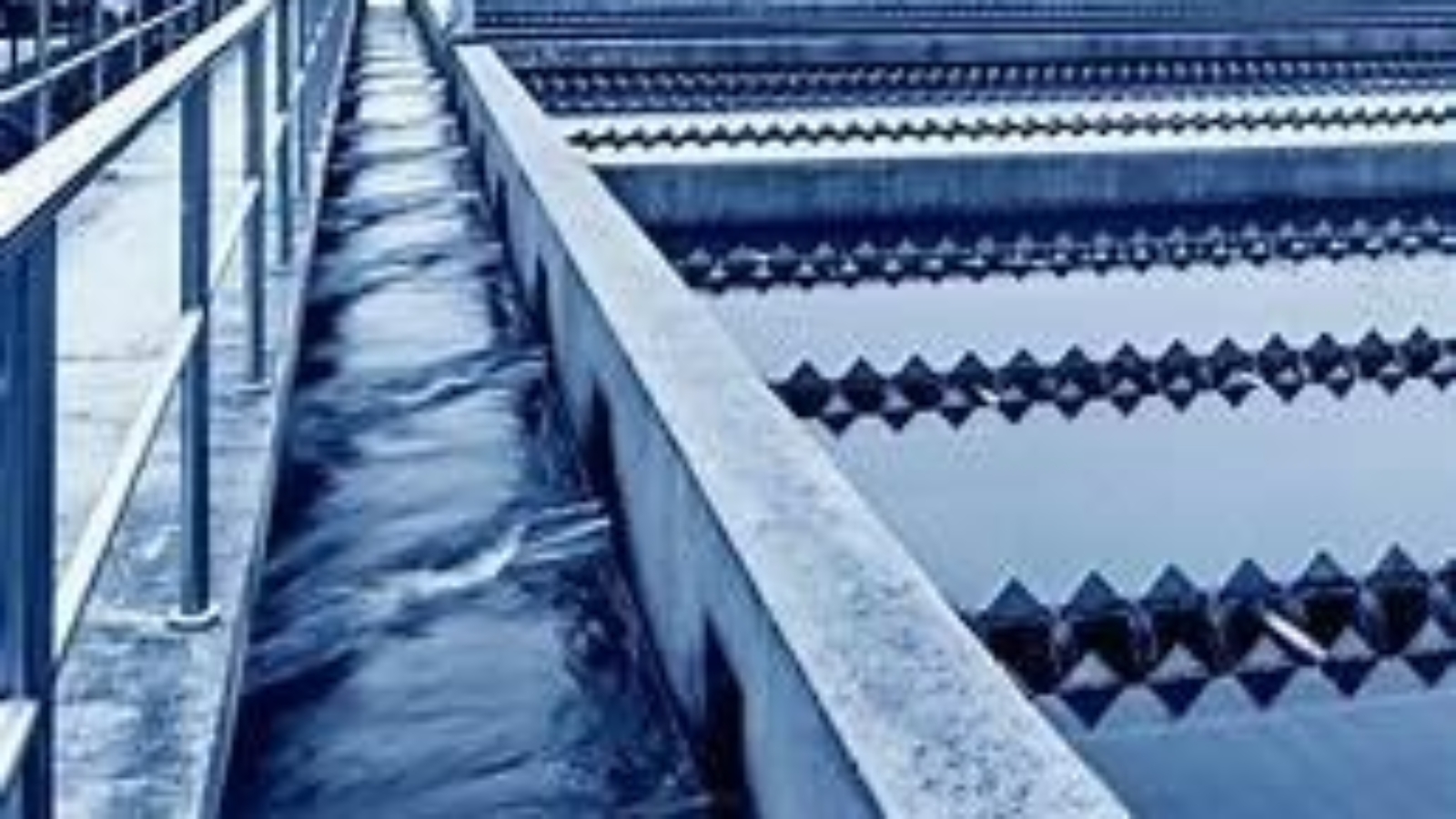
Jenfitch, Inc based in Walnut Creek, CA has developed a new oxidant that is effective at lowering TOC, reducing THM’s and HAA5’s, eliminating T & O (taste and odors), effective at controlling HAB’s (harmful algal blooms), improve coagulation & flocculation, eliminate biofilm formation in the distribution systems, and improve the effectiveness of your primary disinfectant.
Jenfitch’ s JC 9465 is one of a series of advanced oxidant using mineral oxychloride technology (MxClyOz) to help improve the removal of pathogens, organic contaminants and inorganic contaminants. JC 9465 is a new and advanced oxidant that generates reactive oxygen species (ROS) and is NSF Standard 60 approved up to 84 mg/l. ROS are chemically reactive chemicals species that contain oxygen (i.e., ozone, singlet oxygen, hydroxyl radical ions, peroxides, and superoxide). The main advantage of using JC 9465 is its ability to generate a high concentration of hydroxyl radical ions initially. Hydroxyl radical ions are extremely reactive, and they react with any molecule in its path, turning that molecule into a free radical and thus propagating a chain reaction. At low concentrations, it can disinfect and eliminate organic and inorganic pathogens in a water treatment system without creating disinfection by-products. In Figure 1, we compare the oxidizing potential of various oxidizing reagents using Electrochemical Potential (Ev):
| Oxidizing Reagent | Ev |
| Hydroxyl Radical Ion (OH–) | 2.6-2.8 |
| Mineral Oxychloride (MxOyCLz) | 2.6-2.8 |
| Ozone (O3) | 2.04-2.07 |
| Permanganate (MnO4) | 1.67 |
| Chlorine Gas (Cl2) | 1.36 |
| Hypochlorous Acid (HOCL) | 1.49 |
| Chlorine Dioxide (ClO2) | 0.95 |
In a study at a 10 mgd water treatment facility in Northern California that was using ozone in front of their filters, we achieved the following results in a 90-day study using a dosage rate of 8-10 mg/l of JC 9465 as a pre-oxidant:

| Parameters | Before | After Using JC 9450 | % Improvement |
| Raw Water Turbidity (NTU) | 2.3 | 2.1 | |
| Settled Water Turbidity (NTU) | 0.70 | 0.21 | +70.0% |
| Raw Water-NOM | 0.158 | 0.115 | |
| Filtered Water NOM | 0.044 | 0.017 | +61.4% |
| Raw Water (TOC) | 4.6 | 3.7 | |
| Filtered Water TOC | 2.2 | 1.1 | +50.0% |
| Raw Water Bromide (µ/𝑙) | 300 | 300 | |
| Filtered Water Bromate (µ/l) | 8.4 | 1.7 | +79.8% |
| Filtered Water TTHM’s (µ/l) | 20.0 | 8.7 | +56.5% |
| Filtered Water HAA5’s (µ/l) | 6.0 | 0 | 100.0%+ |
| T & O Complaints (Aug) | 15+ | 0 |
The Plant Manager for the City of Martinez, Mr. Chris Kania, wanted to see if the new mineral oxychloride, JC 9465, could help reduce the ozone demand at his water treatment plant. His ozone system was over 20 years in service and needed to be replaced and the City of Martinez was in the design stages of replacing the system. He initially dosed the raw water influent with 0.5 mg/l of 12.5% sodium hypochlorite in hope that it would allow him to operate ozone generators at 60-70% of rated capacity. This did not work. Next, Mr. Kania started feeding JC 9465 at 10 mg/l into the raw water inlet and immediately had to turn the ozone generator down to 40% of rated capacity. At this new feed rate for the ozone generators, he was able to maintain a 0.20 mg/l to 0.30 mg/l ozone residual at a rated flow rate of 10 mgd and lower energy consumption by 50-60%.
Enhanced Coagulation
After several days of running JC 9465, plant operators noticed pin floc carrying over into the filter basis. The plant was feeding 35 mg/l of alum (dry basis) and 1.4 mg/l of a 20% polydadmac. The Plant Manager contacted a chemical vendor to evaluate several different coagulants and flocculants. The results of the study were: 1) change from 47.5% alum to 5% acidified alum and 2) change from a 20% polydadmac coagulant to an ACH/polymer blend, JC 1670.
The results from changing the organic and inorganic coagulant were: 1) better control of pH in the Settling Basin (6.8-6.9), 2) Settled Water turbidity went from 0.70 NTU to 0.21 NTU, 3) Filtered Water Turbidity went from 0.06 NTU to 0.02 NTU, 4) Filtered Water TOC went from 2.2 mg/l to 1.1 mg/l and 5) Dissolved Organic Carbon went from 2.2 mg/l to 1.1 mg/l.
Lowering Bromate in Ozone System

Prior to starting the plant trial with JC 9465, the monthly results for bromate was 18 µl/l. The State and Federal limits were 10µl/l or less. The ozone system was over 20 years+ and needed replacement or upgrading. Estimated cost ranged from$10MM to over $50MM.
The plant operating goal for the ozone generators was to maintain a 0.20 mg/l to 0.30 mg/l residual. To achieve this goal at a flow rate 10 mgd, the ozone generators had to be operated at over 110%+ rated capacity. Because of the high concentration of bromide in their source water (+300µl/l), they had the potential to convert bromide to bromate.
The plant started feeding JC 9465 at 10 mg/l in front of the flash mixer. Within an hour, the ozone generators were being operated at less than 40% of rated capacity. The plant observed an immediate reduction in energy consumption. Chlorine consumption was reduced by 40% going to the clear well. In the following monthly testing, the bromate residual was less than 1.0 µl/l during the entire study.
Conclusion
By feeding JC 9465 at 10 mg/l into the flash mixer, we observed an improvement in water quality going to the distribution system. The plant operators noticed a reduction in T & O (taste and odor) complaints (Previous Year-over 15+ and during the study-none).
Biofilm and algae growth in the clarifiers and weirs was eliminated. The particle density and clarity in the Sed Basin improved.
Sludge from the Sed Basin was easier to dewater with the existing system.
Reduction of Disinfection By-Products in the clearwell. The effluent from the plant went from 20µl/l
(TTHM’s) to less than 8.7µl/l (TTHM’s) and 6.0µl/l (HAA5’s) to-non detect.
Using JC 9465, we achieved a 70% removal of TOC vs 52% (current). This indicates removal of more dissolved organic carbon and improvement in coagulation. This is what has been observed using ozone as a pre-treatment.
JC 9465 is a new mineral oxychloride chemistry is that designed to help bring water and wastewater treatment plants into the 21st Century. It is NSF Std 60 certified and USEPA FIFRA registered as a primary disinfectant.
For more information and samples, please email charles@jenfitch.com or visit www.jenfitch.com



Leave A Comment